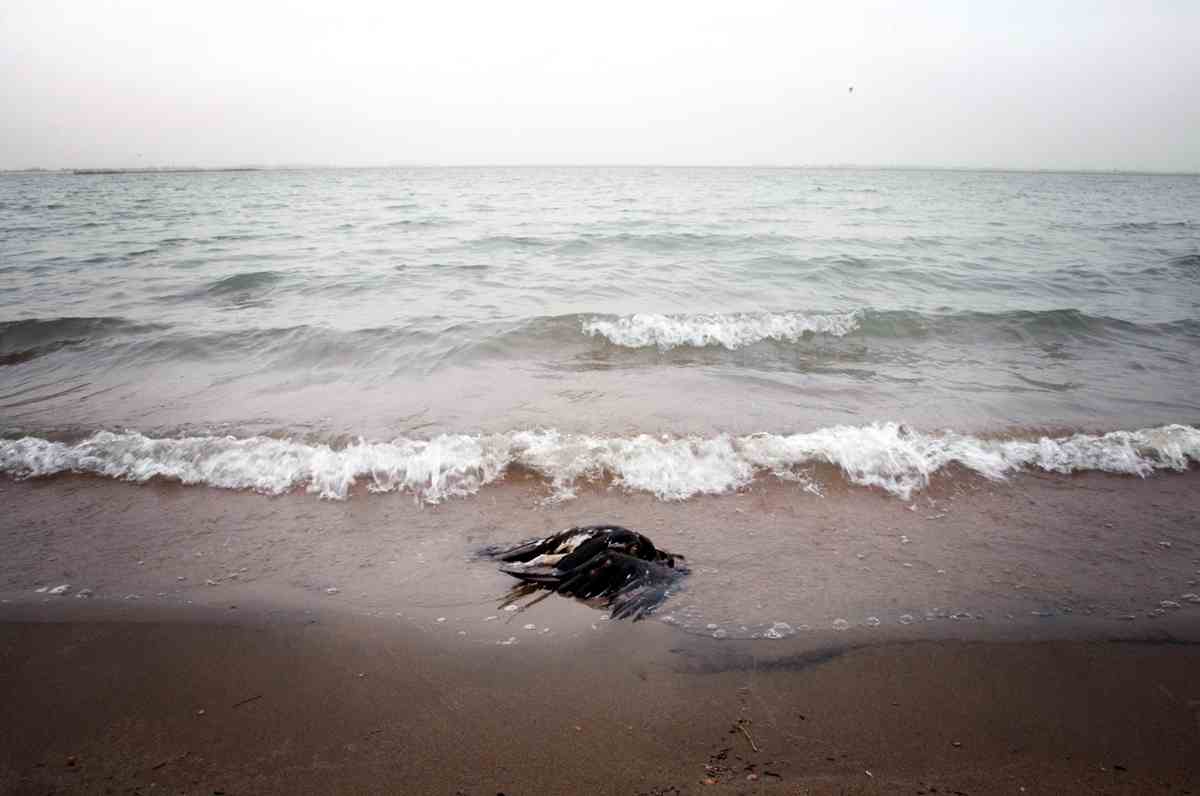
This article is from a student at Tenzer Learning Center in New York, NY. Tenzer participated in a series of visits with Pulitzer Center journalists leading up the High School News Literacy Summit at Baruch College in Manhattan.
"Mom, do you know there was a beautiful river in our village?" I asked. It was called the Sun River in Shangheyang, in China. "I remember when I was a little girl, the river was clean, there were many fish, and we could swim. However, people did not care about the river, they threw the garbage, until the government stopped allowing the water to flow," my mother said. There was a dam upstream, and there was a button that allowed the government to control.
The Sun River was created in 1958. There were a lot of houses, departments, and stores near the river. Because people wanted to make more money, they built some chemical plants and they dumped chemical materials into the river. For more than 40 years, these industries pumped industrial waste and raw sewage directly into the river.
The river died in 1998. The Sun River was cut off. According to Lin Yu, Executive Director for the Water Center for the Urban Environment, "If you want to clean up the river, you need to close the chemical plants and stop throwing the garbage. Then the goverment can offer the water to this river again." But people don't want to do this because they want to make more money for their families.
We need to improve this situation. According to the Water Project, drinking water safety and security has been threatened. In 2001, conduct centralized drinking water quality of 46 monthly environmental protection cities, only 28.3% urban drinking water sources, good water quality 26.1% city water quality is good, the city has bad quality 45.6%. Approved by the national stationing monitoring, 2000 rural drinking water hygiene rate were calculated to be 62.1%, national still 360 million rural people drink not conform to the standards of drinking water.
I asked my mother, Qiao yin Chen, 41, a housewife who lives near the river, "Mom, do you believe the river can be clean again over time?" "No," she said, "I never think that can be true. People throw garbage in the river. They don't care about it. They think the money is more important than our health." I asked her if there was a public value to sharing news and information. "Oh, that's great. If we share important information, then we can solve the problems and have clean water in our village again," she said.
Source: http://www.rsksw.net/article.aspx?News_ID=2283&SysCode=



